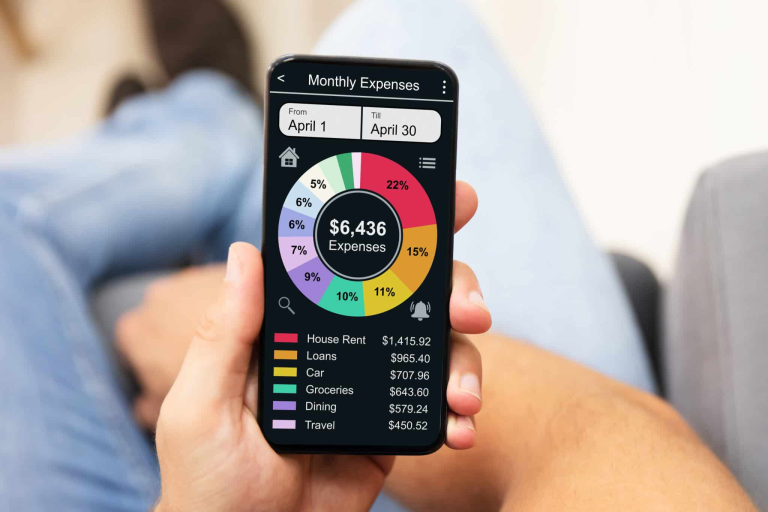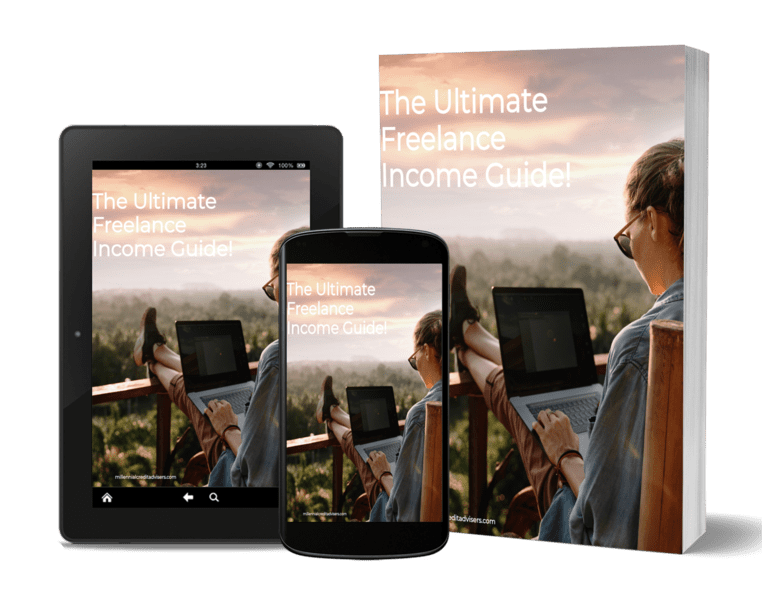Top Money-Saving Apps for 2025: Best Cashback Platforms and Budget Tools to Maximize Your Savings. Find Out More In Our Latest Article!
THIS ARTICLE MAY CONTAIN AFFILIATE LINKS, MEANING I GET A COMMISSION IF YOU DECIDE TO MAKE A PURCHASE THROUGH MY LINKS AT NO COST TO YOU. PLEASE READ MY AFFILIATE DISCLOSURE FOR MORE INFO.
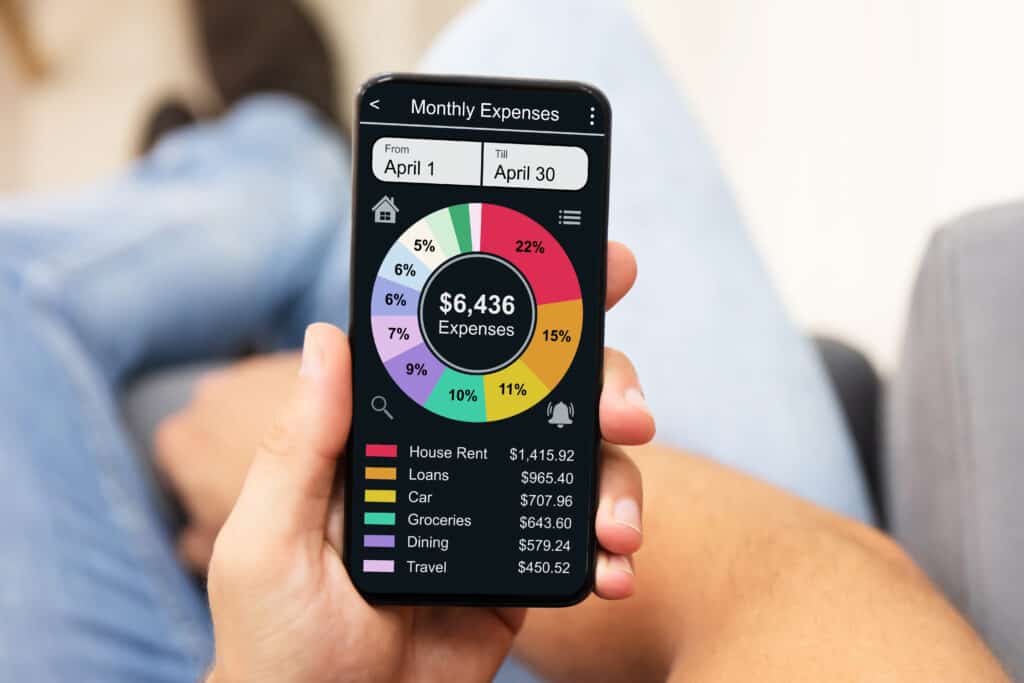
DON’T HAVE TIME TO READ THE FULL ARTICLE. HERE’S WHAT YOU ARE MISSING.
There’s a money app out there for just about every type of saver or spender. Some focus on investing your loose change, while others let you set short-term goals and use clever tricks to hit them faster.
Plenty of these apps also handle subscriptions, keep up with your bills, and offer budgeting tools so you can actually see where your money’s going. They’re designed to help you build better financial habits with less hassle.
Pros:
- Automate savings without thinking about it
- Track all financial activity in one place
- Help reach specific savings goals faster
- Often include investment options for spare change
- Easy to use on mobile devices
Cons:
- May charge monthly fees or transaction costs
- Require linking bank accounts, which some people find risky
- Can create dependency on automated systems
- Not all apps offer the same level of security
- Some features may not work with all banks
Best Money Management Apps for Maximum Savings
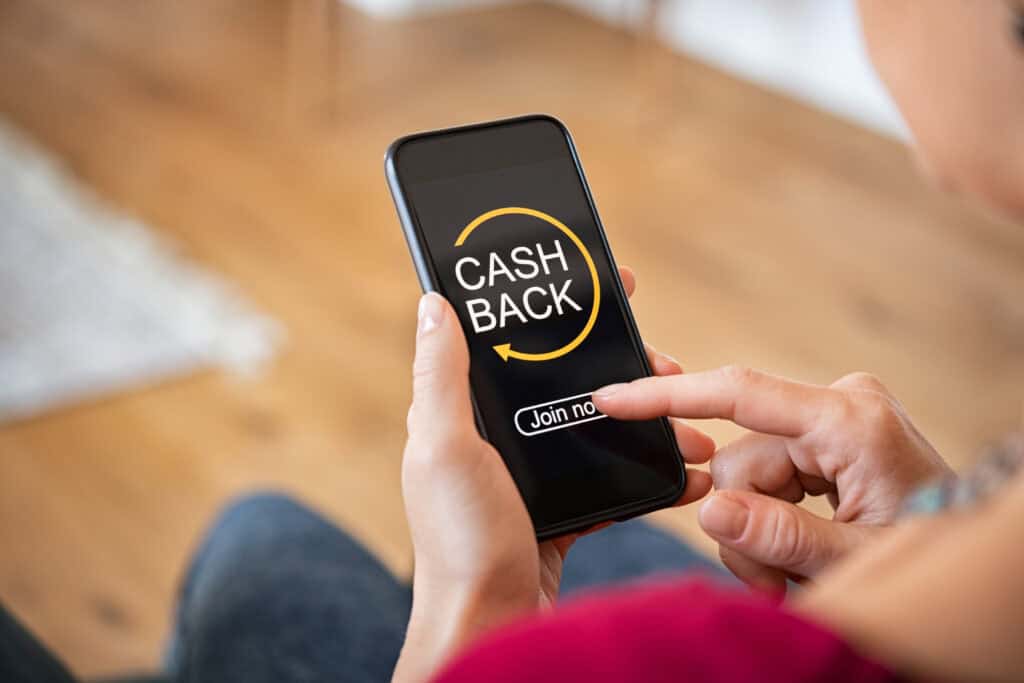
1. Acorns – Automated Spare Change Investment
Acorns turns your pocket change into investments with its round-up feature. It links to your debit cards and rounds up every purchase, investing the difference into a mix of portfolios.
The app builds investment portfolios that match your risk tolerance and goals. You can even open retirement accounts like Roth IRAs, which is pretty handy for anyone thinking long-term.
Key Features:
- Automated round-ups from everyday purchases
- Portfolio diversification across multiple asset classes
- Retirement planning tools and accounts
- Educational resources for new investors
| Pros | Cons |
|---|---|
| Effortless automated investing | Monthly subscription fees |
| Diversified portfolio options | Limited investment control |
| Retirement account access | Small account minimums |
| Educational content included | Round-up amounts may be minimal |
2. Chime® – Complete Digital Banking Solution
Chime acts as a digital-first banking platform with no traditional banking fees. You often get your paycheck up to two days early with direct deposit, which is a nice perk.
Chime’s automatic savings tool rounds up transactions and moves the difference to your savings account. The savings rates usually beat the national average, too.
Banking Benefits:
- Fee-free banking with no hidden charges
- Early paycheck access through direct deposit
- Automatic savings through round-up features
- High-yield savings accounts available
| Pros | Cons |
|---|---|
| No monthly maintenance fees | Limited ATM network |
| Early direct deposit | No physical branch locations |
| Automatic savings tools | Customer service via app only |
| High-yield savings rates | Limited cash deposit options |
3. Qapital – Goal-Focused Savings Strategy
Qapital is all about setting and hitting savings goals. You pick your targets, and Qapital automatically pulls in spare change or set amounts to move you closer to those goals.
You can set custom saving rules and watch your progress with easy-to-understand visuals. It makes the whole process feel like you’re unlocking achievements in a game.
Goal-Setting Features:
- Customizable savings rules for different spending categories
- Visual progress tracking for motivation
- Multiple goal management simultaneously
- Automated transfers based on user preferences
| Pros | Cons |
|---|---|
| Goal-oriented approach | Monthly subscription required |
| Flexible saving rules | Limited investment options |
| User-friendly interface | No free tier available |
| Visual progress tracking | Requires linked bank account |
4. Rocket Money – Expense Management and Subscription Control
Rocket Money syncs with your bank and investment accounts to give you a full picture of your spending. It analyzes where your money’s going and can even automate savings transfers based on your habits.
Rocket Money’s subscription management tool is a lifesaver if you’re tired of paying for stuff you forgot you subscribed to. Canceling old subscriptions can save you a surprising amount every year.
Expense Management Tools:
- Complete spending analysis across all accounts
- Subscription tracking and cancellation services
- Automated savings based on spending patterns
- Bill negotiation services for lower rates
| Pros | Cons |
|---|---|
| Comprehensive expense tracking | Service fees for premium features |
| Subscription cancellation help | Advertisement presence |
| Automated savings features | Limited free functionality |
| Bill negotiation services | Requires account linking |
5. You Need a Budget (YNAB) – Zero-Based Budgeting System
YNAB is built on a zero-based budgeting system, so you give every dollar a job before you spend it. You plan out your categories and assign every bit of your income in advance.
It’s designed to help you break the paycheck-to-paycheck cycle and start building up a real emergency fund. YNAB also offers workshops and a supportive user community to help you stick with it.
Budgeting Methodology:
- Zero-based budgeting assigns every dollar a purpose
- Expense prediction for irregular costs
- Debt payoff planning tools included
- Educational workshops and community support
| Pros | Cons |
|---|---|
| Comprehensive budgeting system | Annual subscription cost |
| Educational resources included | Steep learning curve |
| Community support available | Manual transaction entry |
| Debt payoff planning | Time-intensive setup |
6. Oportun (Formerly Digit) – Intelligent Automatic Savings
Oportun checks your spending patterns and account balances, then figures out how much you can safely save. It moves small amounts to your savings automatically, so you barely notice the difference.
The app uses algorithms to predict upcoming bills and adjusts your savings accordingly. You get text updates about your account and how much you’ve saved, which is actually kind of motivating.
Smart Savings Features:
- Algorithmic analysis of spending patterns
- Automatic transfers based on account activity
- Expense prediction technology
- Text message notifications for updates
| Pros | Cons |
|---|---|
| Intelligent automatic savings | Monthly subscription fee |
| Expense prediction capability | Limited user control |
| Text message updates | Requires bank account access |
| No minimum balance | Savings growth may be slow |
7. Goodbudget – Digital Envelope Budgeting Method
Goodbudget turns the old-school envelope system digital. You create virtual envelopes for categories, then divvy up your monthly income and track your spending as you go.
You can share envelopes with family members, making it easier to budget together. The app also lets you look at past spending to spot trends and tweak your budget as needed.
Envelope System Benefits:
- Virtual envelope creation for budget categories
- Family sharing capabilities for joint budgeting
- Historical spending analysis for pattern recognition
- Debt tracking tools included
| Pros | Cons |
|---|---|
| Familiar envelope method | Limited free version |
| Family sharing options | No automatic transaction import |
| Debt tracking included | Manual entry required |
| Historical analysis tools | Learning curve for new users |
8. Current – Modern Banking for Digital Natives
Current gears its banking services toward younger folks, offering instant notifications and spending controls. You can earn cashback on purchases and get paid early with direct deposit.
The app has savings pods for specific goals and gives you insights into your spending habits. It also comes with budgeting tools and expense categorization, so you’re not left guessing where your money went.
Digital Banking Features:
- Instant notifications for all
Things to Think About When Picking Money-Saving Apps
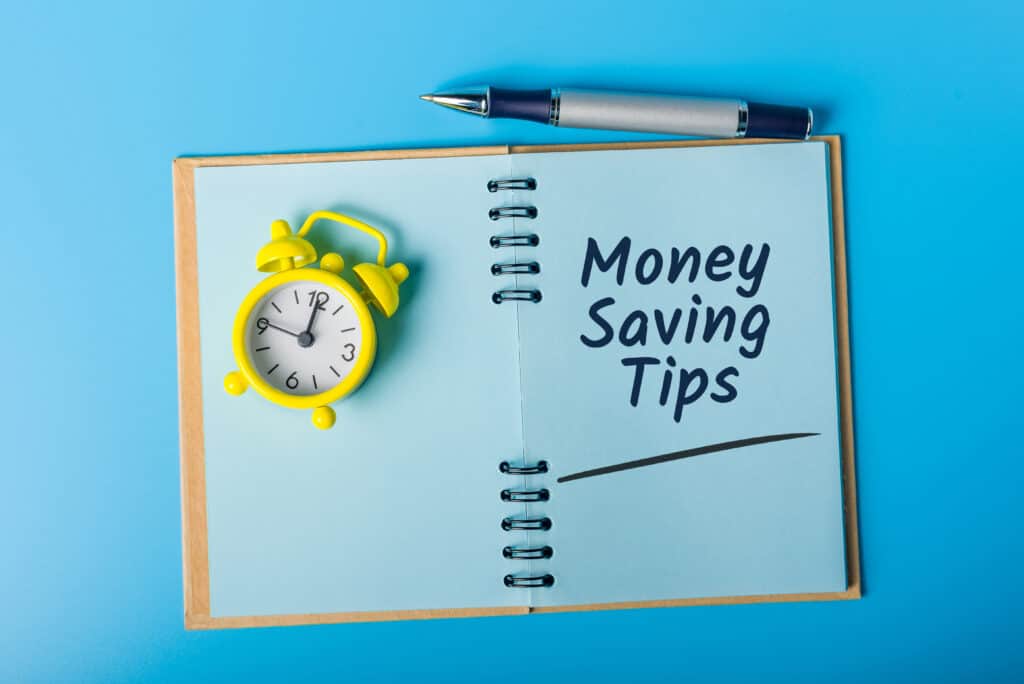
Available Tools and Options
Money-saving apps give you a bunch of different tools to manage your finances. Some focus on budgeting features so you can track where your money goes every month.
Others hand out cash-back rewards when you shop at certain stores or use specific services. It’s a surprisingly wide mix.
Key tools to look for:
- Round-up features that save spare change
- Spending trackers that show monthly patterns
- Goal-setting tools for specific savings targets
- Educational content about personal finance
Apps with multiple saving methods suit different lifestyles. Some folks like automatic transfers to savings accounts, while others chase rewards from everyday purchases.
Pros: More tools mean more ways to save money
Cons: Too many features can make apps confusing to use
Connection with Other Accounts
The best money-saving apps connect easily with your bank accounts and credit cards. This way, you see all your financial info in one place.
Real-time updates help you make better spending decisions throughout the day. Nobody wants to manually enter every transaction.
Apps should sync with popular banks and financial services without headaches. Manual data entry gets old fast.
Integration benefits:
- Automatic transaction tracking
- Complete financial picture
- Less manual data entry
- Better spending insights
Pros: Saves time and provides accurate financial data
Cons: May not work with all banks or credit unions
Protection and Safety
Financial apps have to keep your data safe from hackers and identity theft. Good ones use encryption technology and secure logins.
Two-factor authentication adds another layer of protection by asking for a second verification step. Don’t just trust any app—do a little digging into its security history before sharing your info.
Apps with solid security records earn more trust for handling sensitive data.
Security features to check:
- Bank-level encryption
- Secure login methods
- Data breach response plans
- Privacy policy transparency
Pros: Protects personal and financial information
Cons: Extra security steps can slow down app usage
Device Support
Money-saving apps need to work on the devices you actually use. Most support both iPhone and Android, and some even have web versions for computers or tablets.
Cross-platform compatibility means you can check your finances from anywhere. That kind of flexibility is just practical, especially if you travel or switch devices a lot.
| Device Type | Benefits | Limitations |
|---|---|---|
| Smartphone | Easy access anywhere | Small screen size |
| Computer | Larger screen for detailed review | Less portable |
| Tablet | Good screen size and portability | May have fewer features |
Pros: Access from multiple devices increases usage
Cons: Some features may work better on certain devices
Automatic Functions
Automation helps people save money without having to think about it every day. Apps can move small amounts to savings accounts or invest your spare change from purchases automatically.
This hands-off approach works well if you’re busy or just forget to save. Smart automation features like bill categorization and budget creation save time on financial tasks.
Common automation features:
- Scheduled savings transfers
- Automatic expense categorization
- Bill payment reminders
- Investment contributions
Pros: Saves time and creates consistent saving habits
Cons: Less control over individual transactions
Simple Navigation
Apps should be easy to use, no special training required. Clear menus and simple buttons help you find what you need fast.
Good design makes managing money less stressful, maybe even a bit enjoyable. Quick setup gets people started right away, but complicated registration can scare folks off.
Pros: Easier to use regularly and access features
Cons: Very simple apps may lack advanced features
User Feedback and Ratings
Reading reviews from other users gives you a real sense of how an app performs. Reviews often call out problems or perks you won’t spot in the official description.
Look for patterns in feedback to spot common issues or strengths. Focus on recent reviews—apps change fast with updates.
Reviews from people with similar financial goals are usually the most helpful.
What to look for in reviews:
- Recent feedback within the last few months
- Comments about customer service
- Mentions of bugs or technical problems
- Success stories from actual users
Pros: Real user experiences provide honest feedback
Cons: Some reviews may be fake or biased
Pricing and Hidden Charges
Lots of money-saving apps offer free basic versions with limited features. Premium versions usually cost $3 to $15 a month and unlock advanced tools.
Always compare the cost against what you’ll actually save. Some apps charge extra for things like money transfers or linking accounts.
Read the fine print to avoid surprise fees that eat into your savings.
Common fee types:
- Monthly subscription fees
- Transaction fees
- Account linking fees
- Early withdrawal penalties
Pros: Free versions let users try before buying
Cons: Hidden fees can reduce actual savings
Help and Support Services
Good customer support makes a huge difference when you hit a snag. Support options usually include live chat, email, or phone help.
Fast responses show that developers actually care about users. If you run into account issues or financial problems, reliable help matters.
Support features to evaluate:
- Response time for questions
- Available contact methods
- Help documentation quality
- Problem resolution success rate
Pros: Good support reduces frustration and builds trust
Cons: Poor support can leave users stuck with problems
Common Questions About Money-Saving Apps

1. Can You Trust Free Money-Saving Apps?
Plenty of free money-saving apps are actually reliable, especially if established fintech companies make them. Usually, you get basic features for free, but have to pay for advanced tools.
Pros:
- No upfront costs to start saving
- Good way to test features before upgrading
- Often backed by reputable companies
Cons:
- Limited features compared to paid versions
- May have restrictions on certain functions
- Some apps may collect user data to generate revenue
Always read the terms and conditions so you know what you’re getting. Free versions work well for basic saving goals, but bigger financial planning might need paid features.
2. How Can Someone Tell if an App Protects Financial Data?
Security’s a big deal when you’re letting an app handle your money. The safest apps usually partner with FDIC-insured banks and use strong protection layers.
Key security indicators include:
- Bank-level encryption for all data transfers
- Two-factor authentication for account access
- FDIC insurance on deposits up to $250,000
- Regular security audits by third-party companies
Compare an app’s security features with what you’d expect from a regular bank. Apps offering high-yield savings through partner banks often match direct banking security standards.
3. Do Money-Saving Apps Work on Both iPhone and Android?
Most popular money-saving apps run on both iOS and Android. Developers want to reach everyone, so you usually get a similar experience on either device.
Benefits of cross-platform apps:
- Same features on all devices
- Easy to switch between phone types
- Better customer support resources
- Regular updates for both systems
Potential drawbacks:
- Some features may work differently on each platform
- Interface design might favor one operating system
- Update timing can vary between app stores
Check the app store listing to be sure, and skim platform-specific reviews before downloading.
4. Should People Rely on User Reviews When Picking Apps?
User reviews can be super helpful, but don’t let them be your only guide. Reviews might reveal common issues or highlight features others found useful.
What to look for in reviews:
- Consistent patterns across multiple reviews
- Specific examples of how the app helped users save
- Comments about customer service experiences
- Mentions of security issues or technical problems
Review limitations:
- Individual experiences may not represent typical usage
- Some reviews may be fake or biased
- Negative reviews might focus on minor issues
- Recent reviews are more relevant than older ones
Combining reviews with security checks and a feature comparison gives you a fuller picture of an app’s quality.
5. How Can Users Ensure an App is Simple to Navigate?
The easiest apps to use have clean designs and clear navigation. You shouldn’t have to hunt for features like account balances, saving goals, or transfers.
Signs of user-friendly design:
- Clear labels on all buttons and menus
- Simple setup process for new accounts
- Easy access to customer support
- Helpful tutorials or guides for new users
Testing app usability:
- Download and explore the interface before adding financial accounts
- Check if important features are easy to find
- Test customer support response times
- Look for apps that offer demo modes or trial periods
Apps that make saving automatic and effortless tend to stick around longer on people’s phones. Isn’t that the whole point?
6. Can These Apps Support Long-Term Financial Goals?
Money-saving apps can play a big role in long-term financial planning, especially when they bring a full set of features to the table. The best ones let you build budgets, set up different savings goals, and actually see your progress without too much hassle.
Long-term planning features:
- Automatic savings transfers
- Investment account integration
- Retirement planning calculators
- Goal-based saving categories
Security for long-term use:
- Strong data encryption
- Fraud monitoring systems
- Secure bank connections
- Regular security updates
Apps that mix saving tools with investment options usually offer the most well-rounded support for your financial future. It’s smart to pick apps that can adapt as your goals and needs change over time.
Best Apps to Save Money

Money-saving apps turn your smartphone into a surprisingly helpful financial tool. You can build wealth on autopilot—no spreadsheets or complicated systems needed.
These apps round up your purchases, set up goals, and keep tabs on your spending. It’s honestly a relief to let technology handle the details for once.
Pros of Money-Saving Apps:
- You can automate savings and barely lift a finger.
- Real-time spending tracking keeps you honest.
- They connect right to your bank for smooth transfers.
- Personalized insights help you see where your money goes.
- Saving a little at a time actually adds up.
Cons of Money-Saving Apps:
- Some apps charge monthly fees—annoying, right?
- They need access to your financial data, so privacy matters.
- Tech dependency creeps in if you’re not careful.
- Customer service can be hit or miss.
- Security isn’t always airtight.
Pick apps that fit your habits and comfort level. If they sync easily with your bank and cards, you’ll probably stick with them longer.
Try downloading a money-saving app this week and set up small automatic transfers. You might be surprised how quickly those little amounts grow.
Disclaimer: Millennial Credit Advisers is not a licensed credit service provider or financial advisor. We don’t offer credit repair, debt management, or legal services. Educate yourself on saving, reducing debt, and managing credit for economic improvement. Understand credit reports, scores, and financial products. Consult a financial advisor for personalized advice. Track your progress for a better credit journey.
Written content: Please view our full AI Use Disclosure.
“We improve our products and advertising by using Microsoft Clarity to see how you use our website. By using our site, you agree that we and Microsoft can collect and use this data. Our privacy policy has more details.”

